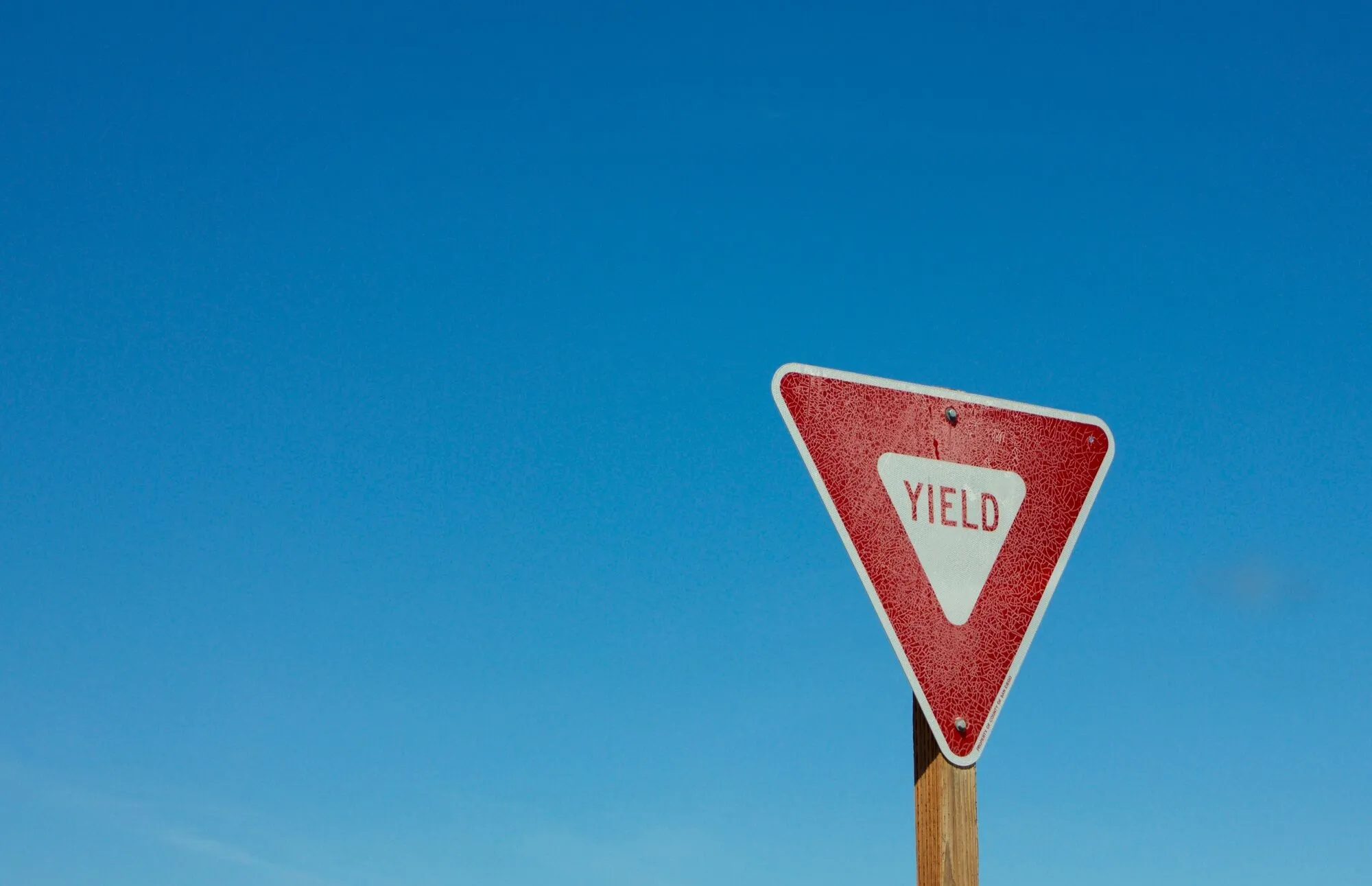Yield signs may look simple, but they play a critical role in keeping traffic flowing safely. They tell drivers to slow down, observe oncoming traffic, and proceed only when it is safe. When a driver ignores a yield sign, the results can be devastating. These accidents often cause serious injuries and lead to complex legal battles about liability, negligence, and compensation.
Below, Sigman Janssen explores why yield sign accidents happen, the types of crashes that result, and the unique legal challenges victims face when pursuing claims.
Why Yield Signs Matter
Yield signs are designed to prevent collisions at intersections, highway on-ramps, and merging lanes. Unlike stop signs, they require judgment rather than a complete stop. This flexibility is also what makes them risky: drivers must correctly gauge the speed and distance of other vehicles.
When a driver misjudges the situation—or ignores the yield sign completely—they can cut off another vehicle and trigger a crash.
Common Scenarios of Yield Sign Accidents
Highway Merges
A car entering the highway must yield to vehicles already on the road. Failure to yield often results in high-speed sideswipe collisions or rear-end crashes.
Roundabouts
Yield signs in roundabouts are frequently ignored, leading to dangerous T-bone collisions when drivers fail to yield to vehicles already circulating.
Parking Lot and Private Road Entrances
Yield signs in parking lots or near private driveways are often overlooked. When a driver accelerates into traffic without yielding, unsuspecting motorists may have no time to react.
Types of Crashes Linked to Yield Sign Violations
- Side-impact collisions (T-bone crashes) when a driver pulls into traffic without yielding.
- Sideswipe collisions when merging lanes are ignored.
- Rear-end crashes when a driver slows appropriately for a yield but is hit from behind by someone who doesn’t.
- Multi-vehicle pileups on highways if one driver’s failure to yield forces several cars to brake suddenly.
Each type of crash creates different legal and evidentiary challenges when determining fault.
The Legal Standard: Duty of Care
Every driver owes a duty of care to others on the road. Yield signs are a legal reminder of that duty. When a driver ignores a yield sign and causes a crash, they have typically breached that duty. This breach is a form of negligence.
However, proving negligence in yield sign accidents is not always simple. Insurance companies may argue that the other driver was speeding, distracted, or partly responsible for the crash.
Key Legal Challenges in Yield Sign Accidents
1. Disputed Liability
The biggest challenge is often determining fault. Drivers who run yield signs may insist they had the right of way or that the other driver could have avoided the crash. This can lead to conflicting stories that make settlement difficult.
2. Comparative Negligence Laws
Many states follow comparative negligence rules. This means both drivers’ actions are analyzed, and damages are reduced based on each party’s percentage of fault. For example, if the yield-sign violator is found 80 percent responsible and the victim 20 percent responsible, the victim’s compensation will be reduced by 20 percent.
3. Lack of Witnesses
Yield sign crashes often happen quickly, leaving little time for drivers to process what occurred. Without independent witnesses, it can turn into a “he said, she said” situation.
4. Insurance Company Tactics
Insurers often argue that the victim could have slowed down or reacted differently, even when the other driver clearly ignored the yield sign. These tactics aim to minimize payouts.
Evidence That Strengthens a Claim
Proving liability in a yield sign accident requires strong evidence. Useful forms of proof include:
- Police reports noting traffic violations or citations.
- Traffic camera or dashcam footage showing the driver ignoring the yield sign.
- Witness testimony from other motorists or pedestrians.
- Accident reconstruction experts who analyze skid marks, vehicle positions, and crash dynamics.
- Medical records linking injuries directly to the accident.
The more evidence available, the harder it is for the at-fault driver or their insurer to deny responsibility.
Compensation Available to Victims
Victims of yield sign crashes may pursue compensation for:
- Medical bills and ongoing treatment.
- Lost wages and diminished earning capacity.
- Pain and suffering.
- Vehicle repair or replacement costs.
- In severe cases, punitive damages when reckless behavior is involved.
The amount depends on state laws, the severity of injuries, and the strength of the evidence.
Practical Tips After a Yield Sign Accident
If you are involved in a crash caused by someone ignoring a yield sign, here are steps to protect your case:
- Call the police immediately to ensure a report is filed.
- Gather evidence at the scene—photos, videos, and witness information.
- Seek medical attention quickly even if injuries seem minor.
- Avoid admitting fault when speaking with the other driver or insurer.
- Consult a personal injury attorney to navigate disputes with insurance companies.
Frequently Asked Questions
Can I still recover damages if I was partly at fault?
Yes. In many states with comparative negligence rules, you can recover damages even if you were partially responsible, though your compensation may be reduced.
What if the yield sign was missing or obscured?
If poor signage contributed to the crash, local governments or contractors responsible for road maintenance may share liability.
Does insurance always cover yield sign accidents?
Insurance should cover them, but insurers often fight these claims aggressively. Legal representation can help ensure fair treatment.
Accidents caused by drivers who ignore yield signs can leave victims with serious injuries and mounting expenses. While these cases may seem clear-cut, proving liability often involves overcoming disputes, insurance tactics, and state negligence laws.
By gathering strong evidence and working with an experienced attorney, victims can hold negligent drivers accountable and recover the compensation they deserve. Yield signs may be simple, but the legal challenges surrounding them are anything but.






























